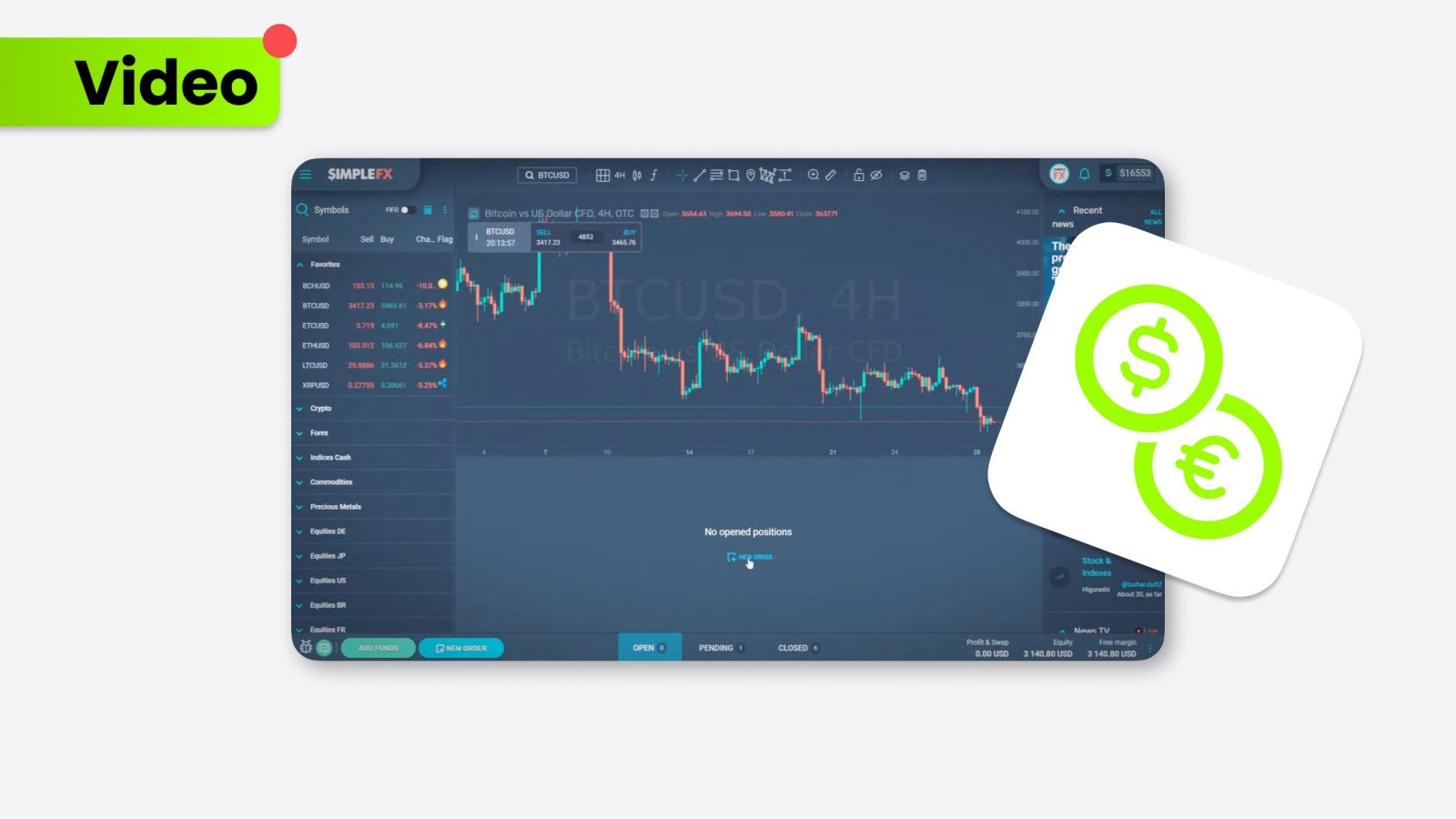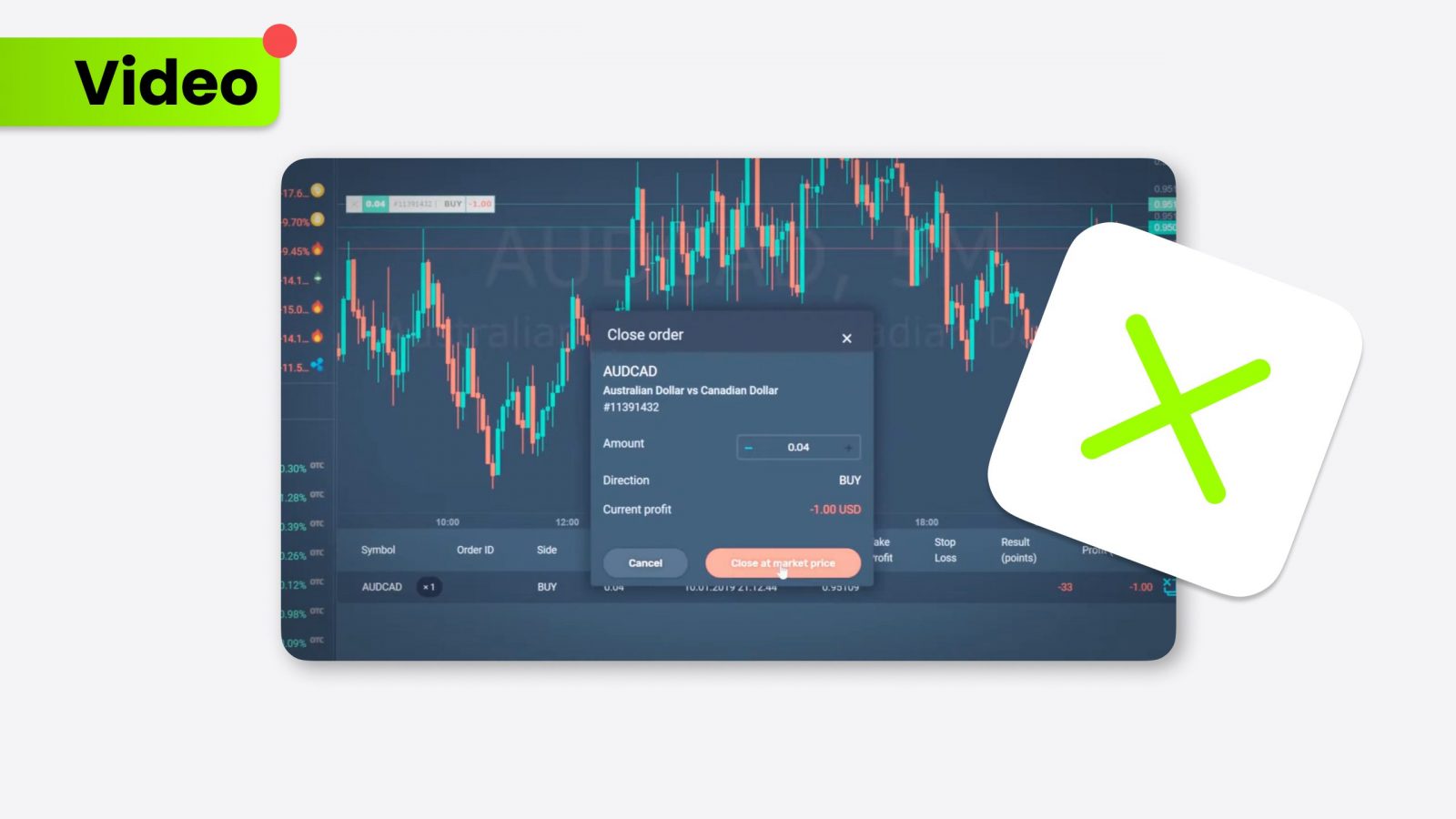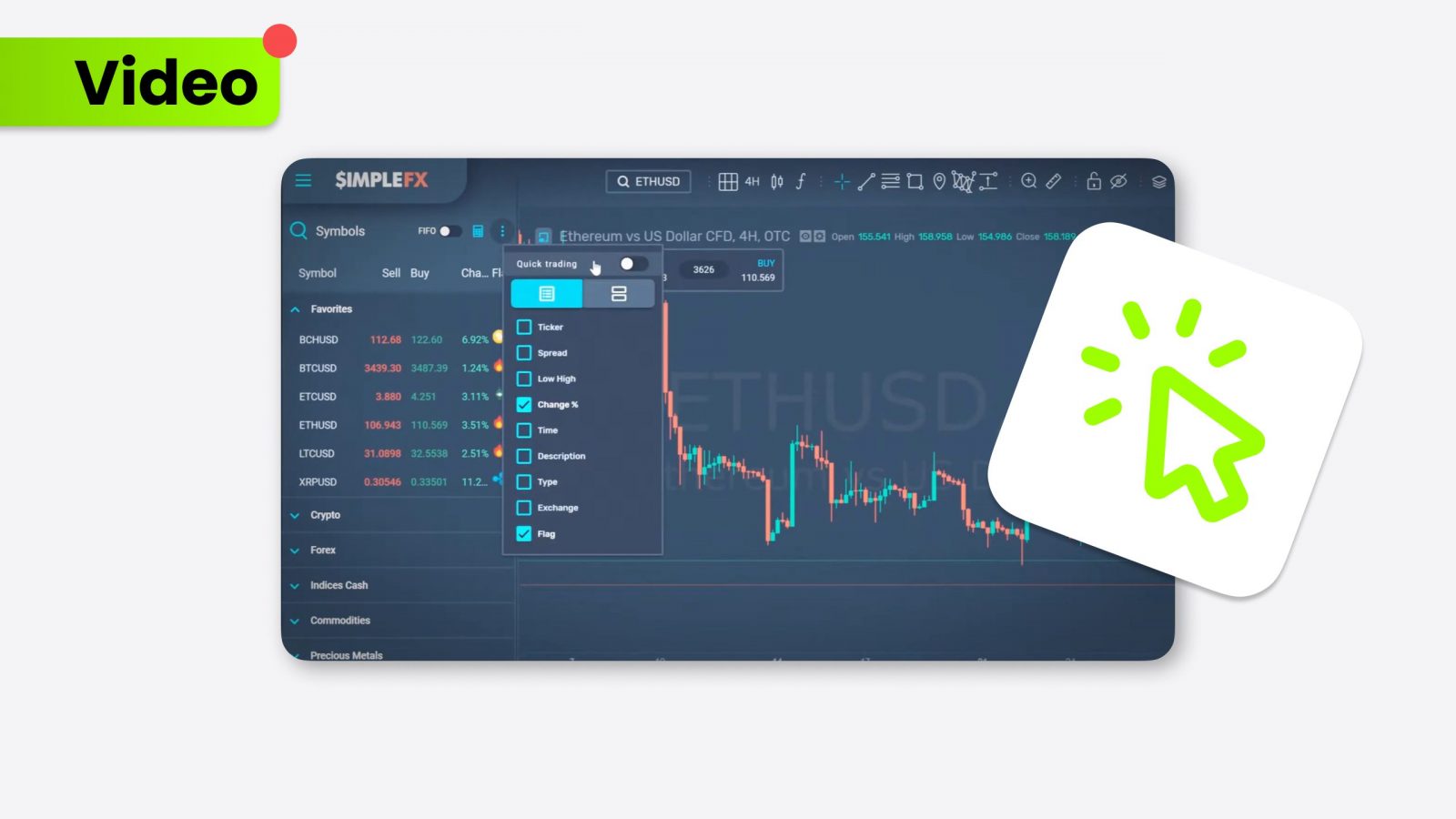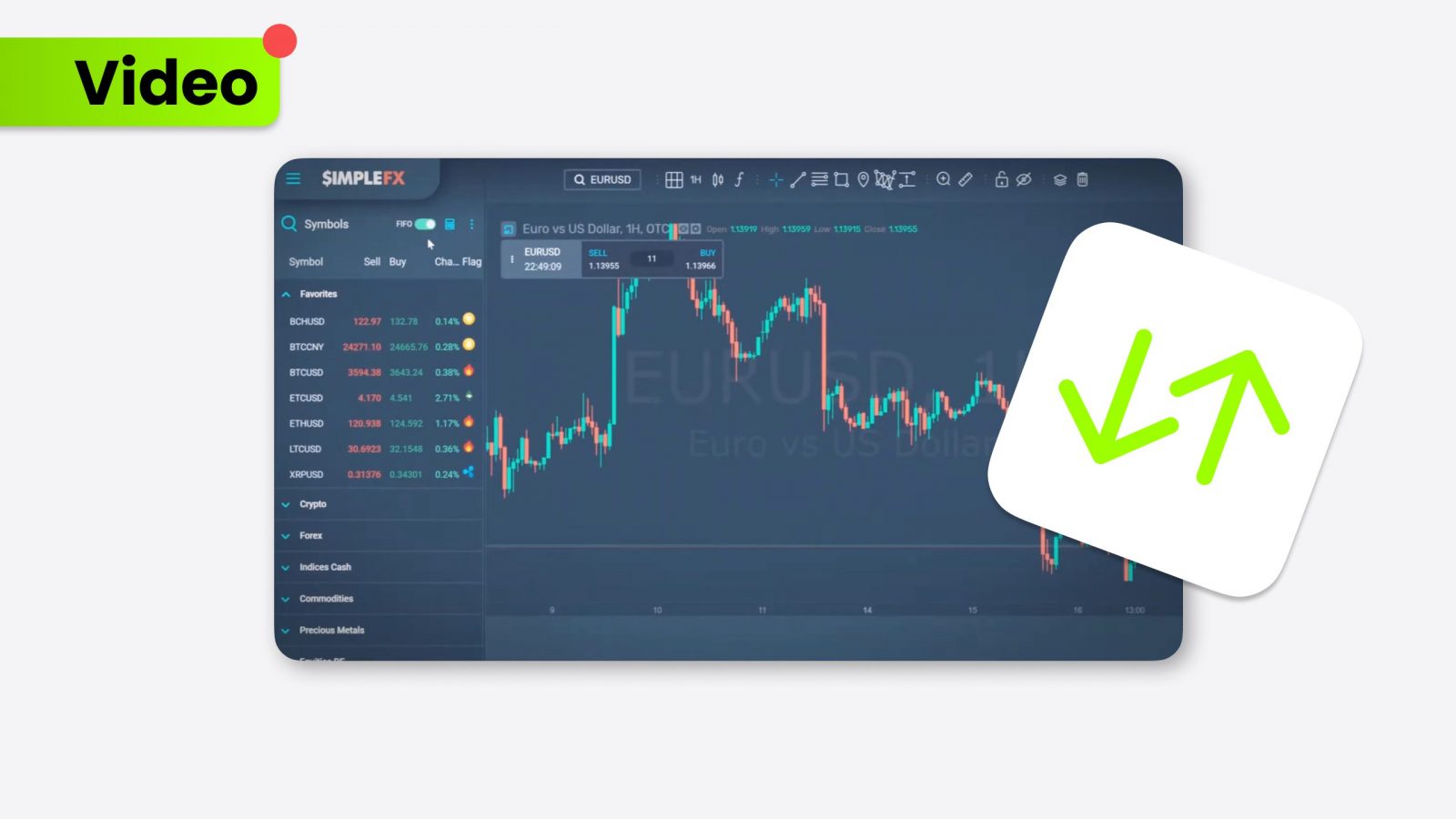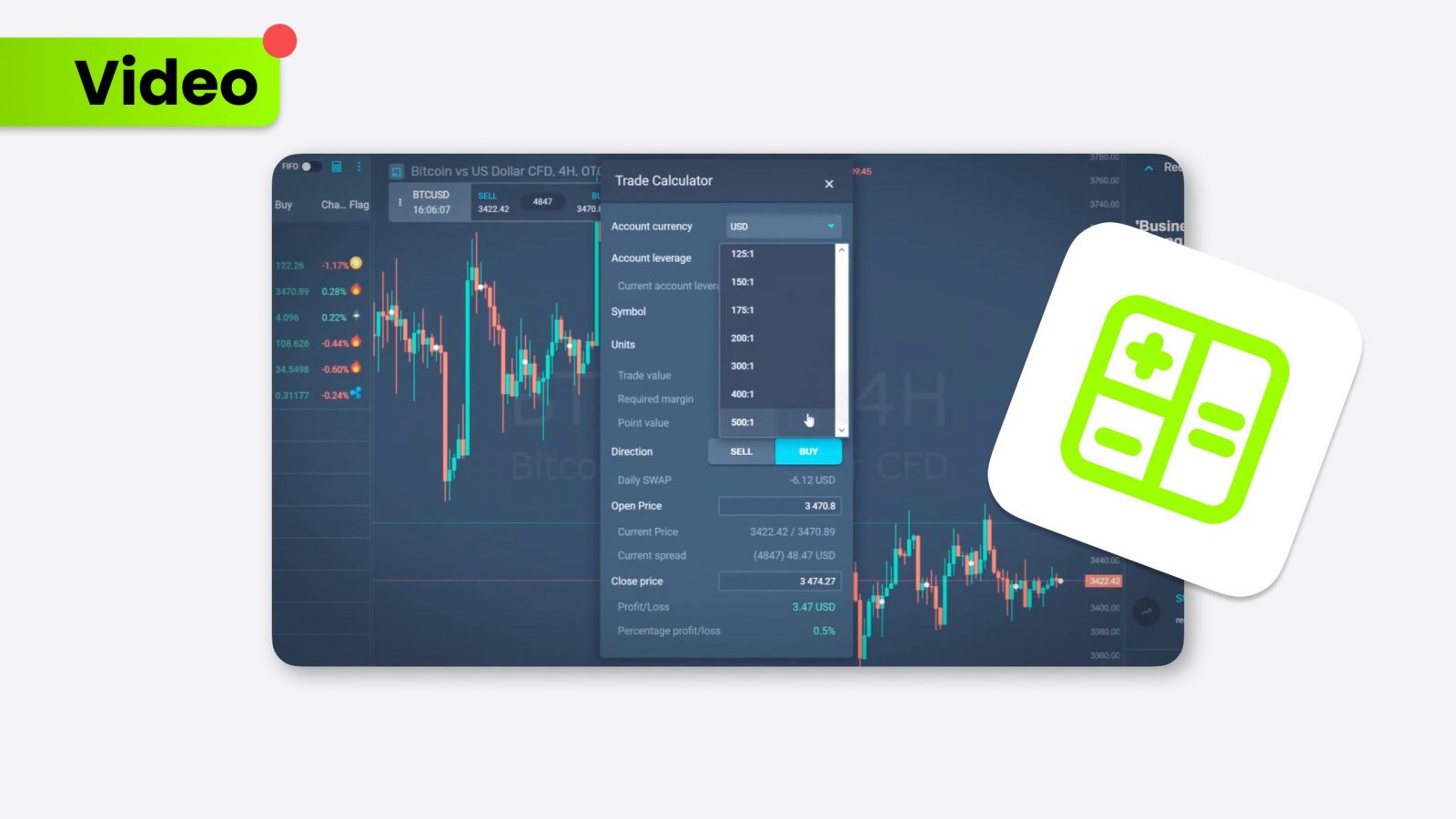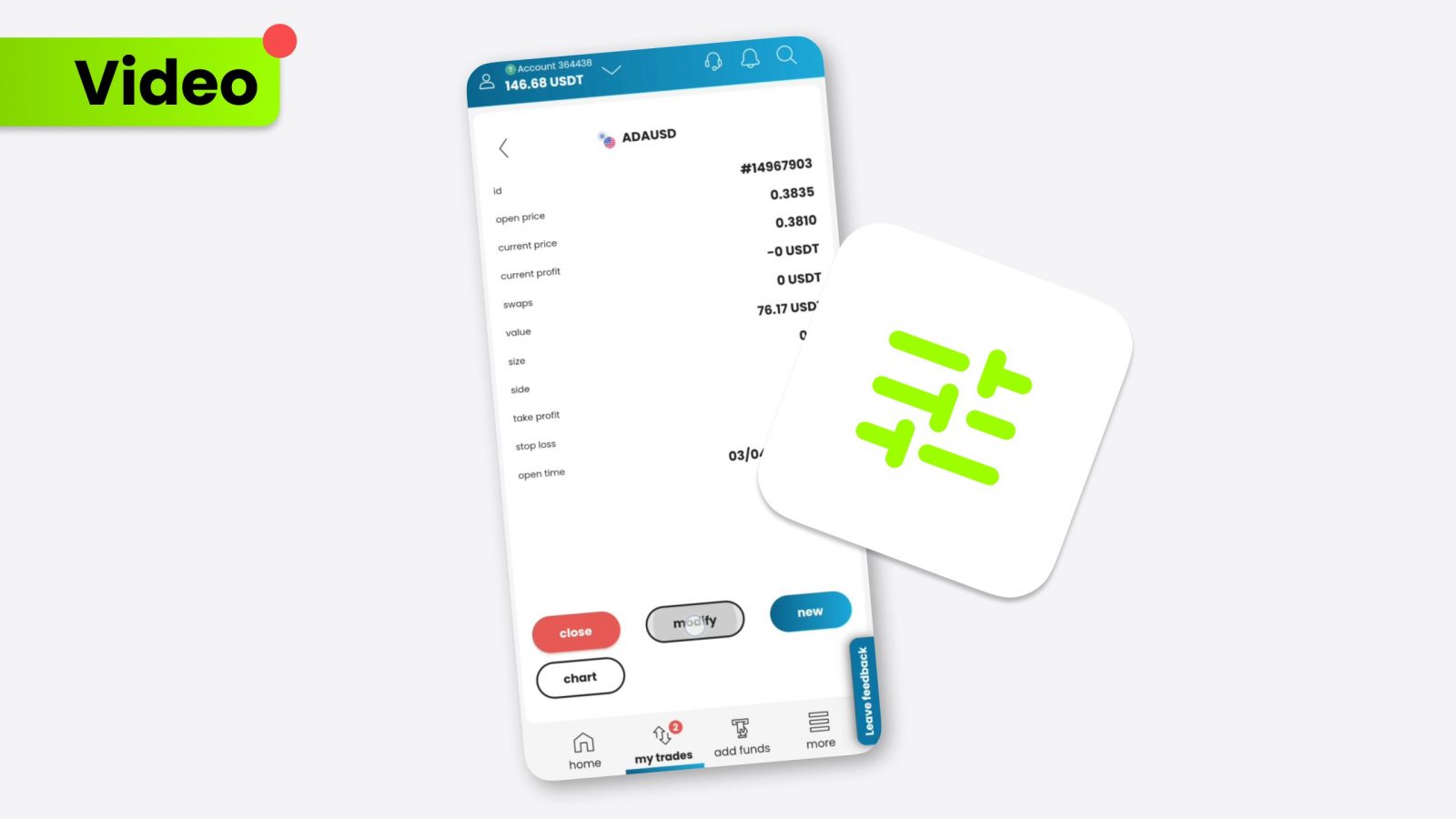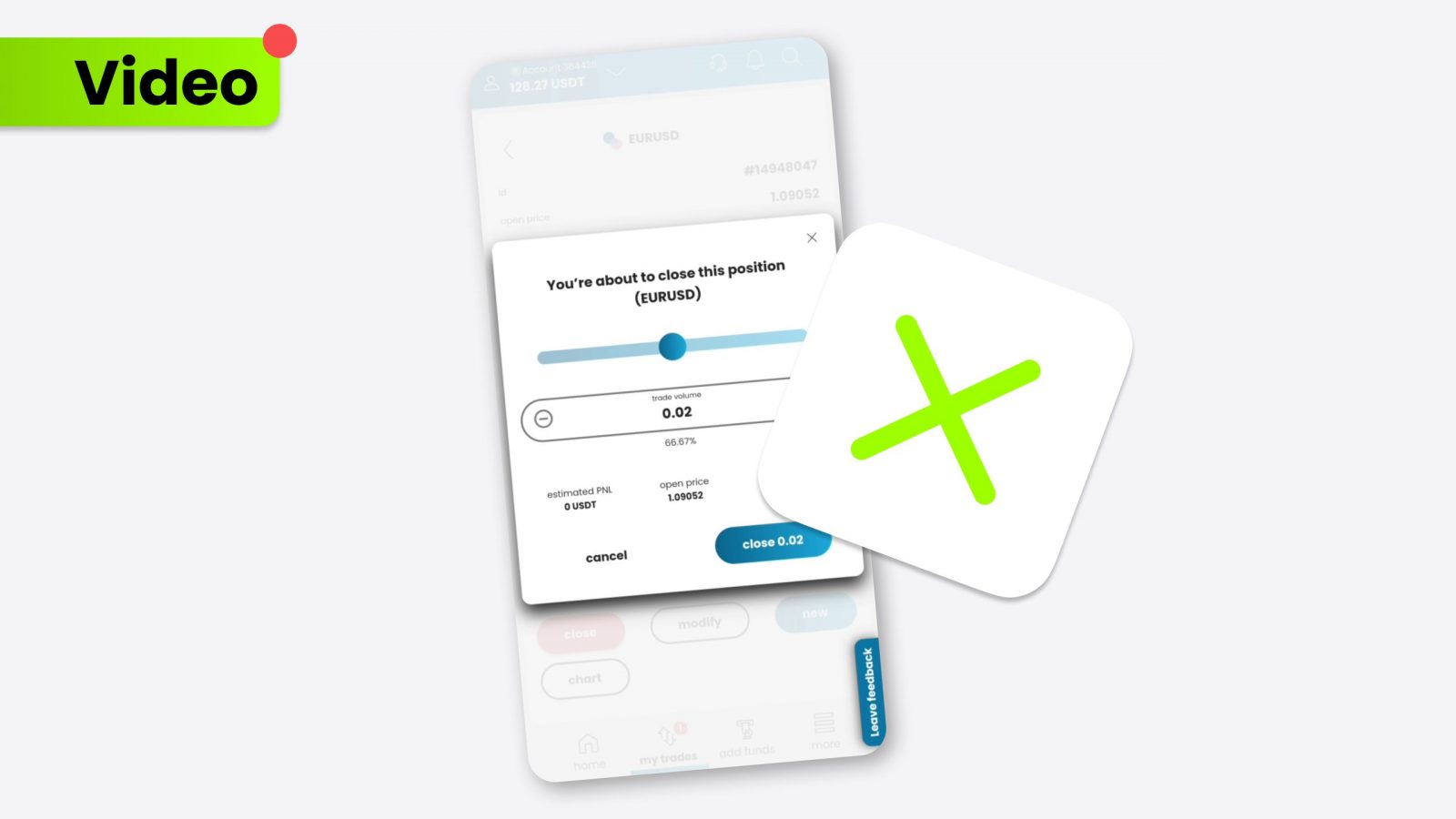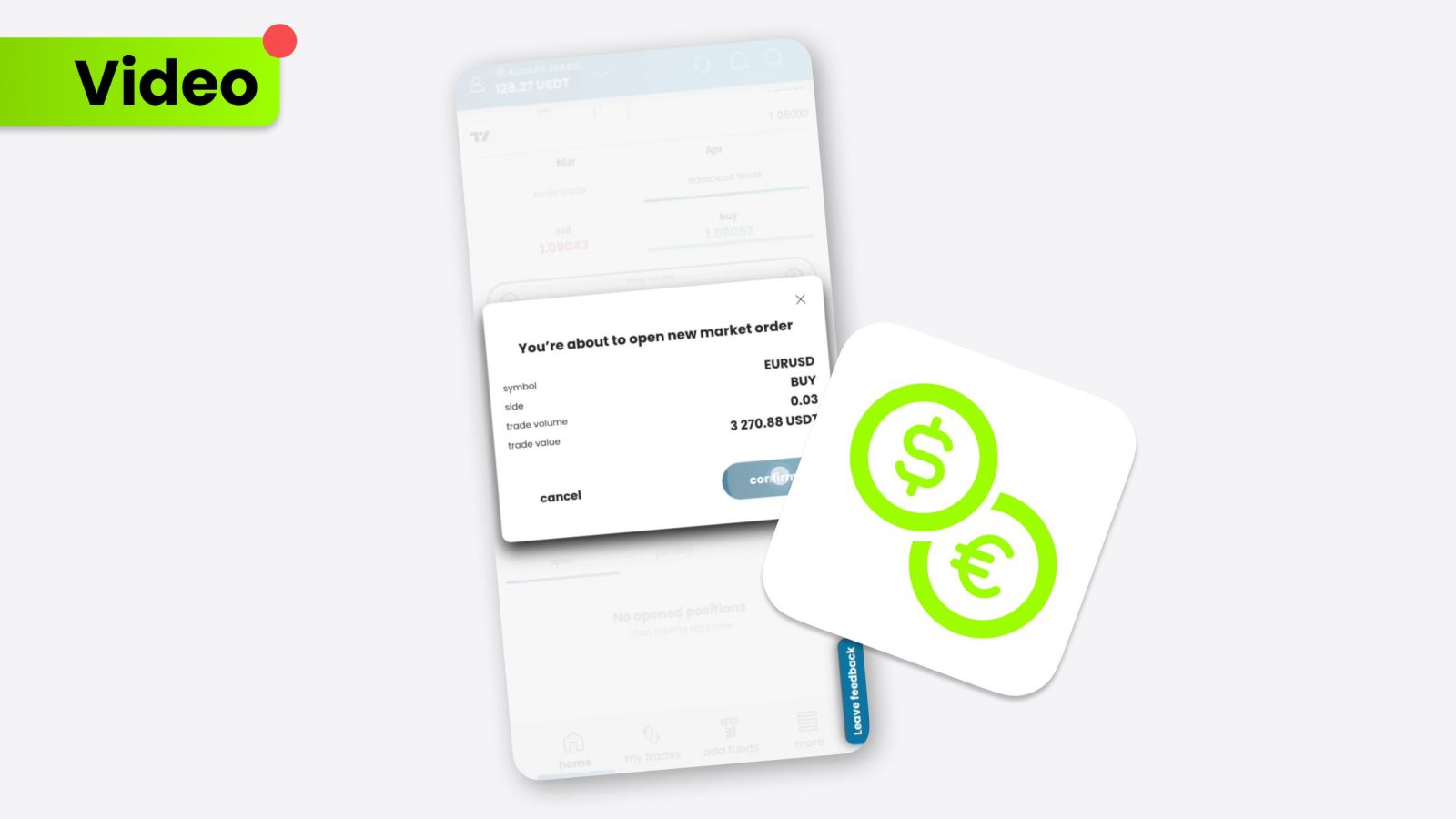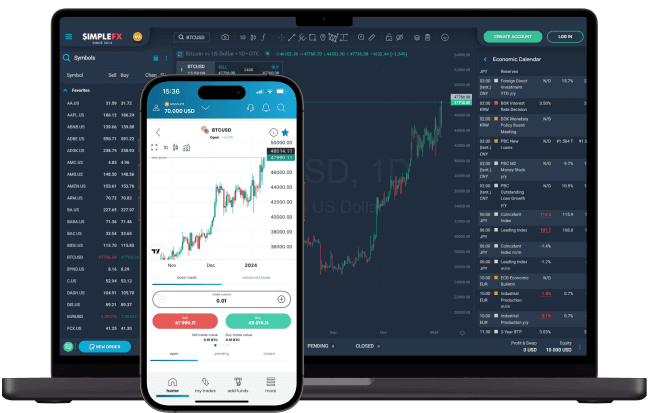Commodities play a crucial role in global markets, providing raw materials that drive economic activities. Their trading is influenced by various factors, ranging from geopolitics to climate.
- Commodities are classified as hard and soft, each impacting markets differently. Commodities trading is linked to forex.
- Nearly all commodities are priced in USD, creating an inverse relationship where a strong dollar generally reduces demand for USD-priced commodities.
- Geopolitical tensions, climate conditions, and economic indicators significantly influence commodity prices.
Commodities: Definition
Commodities are fundamental raw materials or products that can be bought, sold, and traded on various markets, offering a foundational element for economic transactions. Thanks to their standardization and compatibility across different markets, they present value determined by their consistent quality worldwide. The definition of commodities covers two major groups: hard commodities, like oil and natural gas, and soft commodities. We’ll explain them a bit later.
These goods share specific characteristics with precious metals like gold and silver. Even though, on the SimpleFX trading platform, commodities and metals are distinctly categorized to adapt to investor’s preferences.
Due to their global economic significance, commodity trading is connected to the forex market. Many commodities are priced in U.S. Dollars, meaning fluctuations in the forex market directly impact commodity prices.
Types of commodities in trading
Commodities in trading show a diverse range of raw materials and primary products, each with distinct characteristics that impact their behavior in the market. This diversity adds complexity to commodity trading, demanding a strategic approach for each asset.
Energy resources
Natural resources include a broad spectrum of natural resources that power industries and homes worldwide. Fossil fuels like OIL and BRENT, in addition to natural gas, are central players in this sector, driving global economic activity. Energy commodities play an essential role in transportation, manufacturing, and electricity generation.
Agricultural
Agricultural resources form a significant category of commodities in trading, presenting a range of products like grains, sugar, and coffee. These agricultural goods are vital to the global food supply chain and are heavily influenced by climate. Crops like cocoa are often traded on futures markets, where their prices reflect potential supply-demand changes and global consumption trends.
Green energy
While traders can’t directly invest in commodities like solar, wind, or hydropower, they can tap into the green energy market. How? By choosing clean energy equities. Companies like Tesla and First Solar offer investment options for those seeking exposure to this sector. These equities provide access to the growth potential of clean energy innovation, allowing traders to capitalize on the global shift toward environmentally friendly technologies.
The connection between commodities and USD
The U.S. Dollar (USD) is a fundamental anchor in the global commodities market. Dollar stands as the dominant reserve currency and the primary medium for pricing. Nearly all commodities, from crude oil to agricultural products like corn and cotton, are priced in USD, similarly to cryptocurrencies.
The relationship between commodities and the USD is essentially inverse. When the U.S. Dollar strengthens, commodities priced in USD become more expensive for non-U.S. buyers, potentially reducing demand and lowering commodity prices. This interplay makes commodity trading more challenging, as traders must carefully monitor currency fluctuations alongside supply-demand dynamics.
What factors impact fluctuations in the market?
The USD remains the primary indicator for commodities, making forex market trends a critical factor in analyzing commodity prices. Nevertheless, traders must also keep tabs on other factors impacting their prices.
Geopolitically, tensions and conflicts in crucial commodity-producing regions can drastically impact supply chains, leading to price spikes. Political instability in oil-rich nations often disrupts crude oil production and exports, creating significant differences between UKOIL and USOIL prices. Sanctions imposed on exporting nations, shifts in trade policies, and regional conflicts also create chaos across global markets.
Climate factors, especially extreme weather events, are critical in shaping market dynamics. Droughts, floods, hurricanes, and wildfires can devastate crop yields. This volatility directly affects agricultural commodities like soybean, corn, and wheat, leading to unpredictable price movements. Moreover, climate change’s gradual impact on weather patterns can lead to fluctuations over time. Substantial changes in traditional agricultural cycles impact supply trends and, eventually, prices of commodities.
Economic indicators also impact commodity markets. Non-Farm Payroll (NFP) reports, reflecting U.S. employment data, provide insights into economic health and consumer demand. Positive data might increase confidence and indirectly boost demand for energy commodities, while negative figures can signal economic slowdowns.
Additionally, indices representing broader market health, such as the S&P500, can impact the sentiment around trading commodities, further adding to the list of variables that traders must consider.
Commodities ETF: Why does it matter?
An exchange-traded fund (ETF) is a financial product that pools funds from multiple investors to invest in a diversified portfolio of assets. Commodities ETFs specifically focus on investments in commodities or linked assets, giving traders broad exposure to the market without requiring them to directly purchase futures contracts or the physical commodities themselves.
Commodities ETFs matter because they offer traders and investors a simplified means of gaining exposure to the often volatile and complex market. They can track a specific commodity, such as gold, or a basket of various commodities, ranging from energy resources to agricultural goods. For example, an energy ETF might invest in energy equities like BP and Exxon, which are heavily involved in the oil sector.
In the world of cryptocurrencies and metals, ETFs provide a similar function. Gold ETFs have long been popular for allowing investors to gain exposure to gold prices without physically storing the metal. Meanwhile, new ETFs are emerging in the crypto space, enabling investment in digital assets like Bitcoin and Ethereum.













